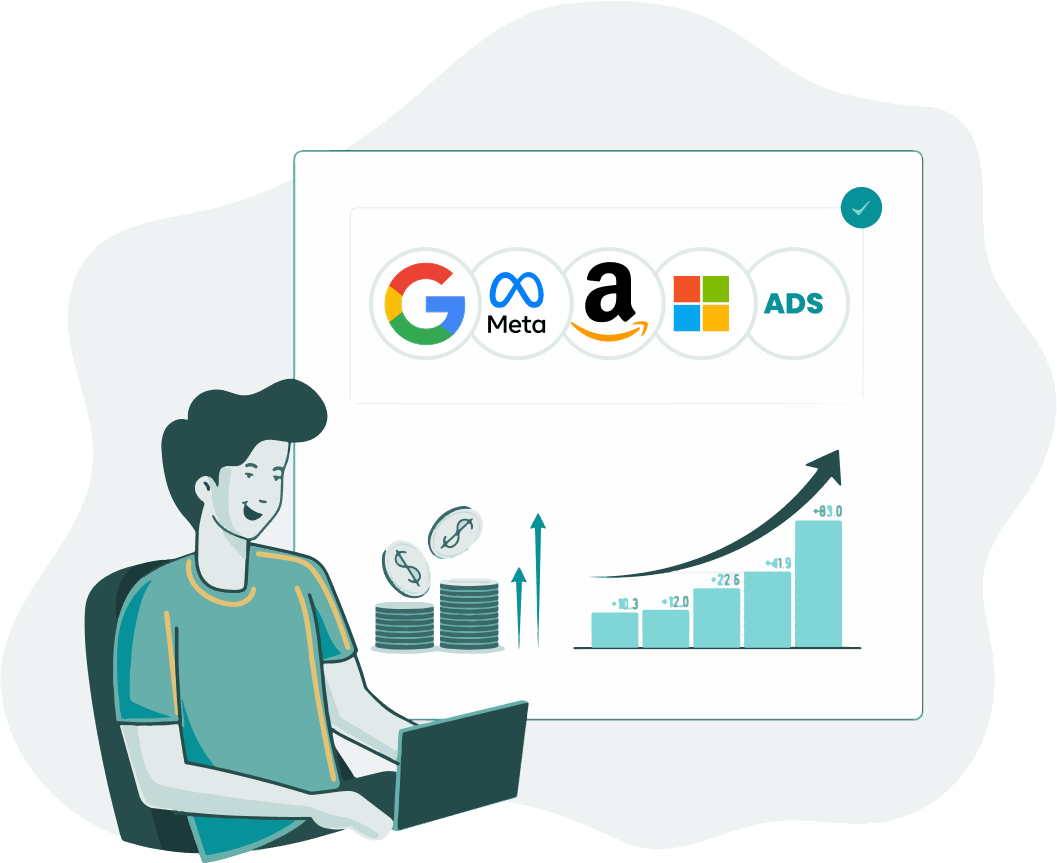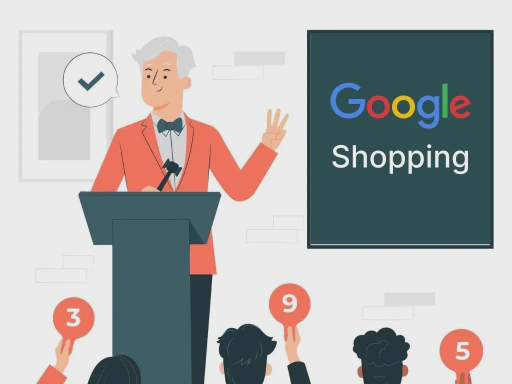As a new year starts, PPC industry experts predict the trends that shouldn’t be ignored in 2016. We’ve collected the most mentioned predictions according to what different experts believe will be the biggest trends in PPC for 2016 in pieces written by Momentology and Acquisio.
From all the insights, one trend was clear: 2016 should be more about targeting consumers than targeting keywords. New technologies (like machine learning or artificial intelligence) are helping us understand the customer journey better. This will help us improve the way we communicate with customers, allowing us to focus better on the target audience by creating custom targeted campaigns. By creating a customized experience, we can deliver the right ad, with the right product at the right time.
We’ve ranked the top predictions, and summed up some key areas that you should focus on, while preparing your PPC 2016 marketing strategy.
Trend 1: Customers first
As voted by Laura Collins, Zvika Goldstein, John Gagnon, Daniel Gilbert, Larry Kim, Zach Schroll, Katy Tonkin, Frederick Vallaeys, Justin Fried, Melissa Mackey, Christi Olson
Developing campaigns based on the insights you get from different first party data sources (like CRM databases) or tools (like Google’s Customer Match or RLSA) will allow you to create and better target your custom user audiences, improving the user experience.Audience segmentation based on information like demographics or interests will help you deliver customized messages that will target the right audiences across all marketing channels. Leverage data (from social demographic data to search history) more strategically, to create high-value target audiences and customize messaging.Trend 2: Personalized customer journey experience
As voted by Jennifer Johnstone, Christi Olson, Diane Pease, Lisa Raehsler, Justin Fried, Daniel Morris
You should maximize your efforts on gathering insights to better understand the customer journey. It is not all about sales and leads, but also about the user’s micro-conversions and how these will lead up to a conversion. Instead of promoting your brand, give your customers a solution or an answer to their query. Mold your campaigns to provide a response towards what the individual is looking for.It’s important to consider the overall customer journey experience. Learning from the journey will also help you understand how the user moves across multiple sessions and devices, online and offline activity, the links between these connections, and how you can benefit from them to improve your cross-device conversions. Focus on delivering targeted campaigns that are relevant to users.Trend 3: Go mobile-friendly
As voted by Tim Ash, Zvika Goldstein, Pauline Jakober, Larry Kim, David Szetela, Katy Tonkin, Brad Geddes
As the number of mobile phone users keeps increasing, your strategy should prioritize the mobile experience first. Don’t think about mobile optimized ads only, but also how to create a mobile experience (a mobile landing page, not a lite version of your desktop site). The customer experience should work across channels and platforms.Mobile-friendly sites should always consider a structure that can help you maximize calls and leads. A mobile structure and strategy often requires different calls to action.Trend 4: Custom automation
As voted by Daniel Gilbert, Zvika Goldstein, Andrew Goodman, Brad Geddes
Automation tools can help you maximize resources, especially when the amount and complexity of your portfolios keeps on increasing (given the amount of data and different target audiences you want to approach).Focusing on a hybrid approach (automation tools used along with a manager’s analysis and strategy) rather than relying only on third-party management technology, will help you decide when it’s appropriate to use different tools. This approach can help you accomplish more robust results depending on the complexity of your audience, and your marketing goals.Trend 5: New technologies
As voted for Bryan Eisenberg, John Gagnon, Mona Elesseily, Purna Virji, Brad Geddes, Bryan Minor
Technology can help you produce fresh and relevant insights at a level that no humans can do, specially when analyzing high volumes of data. Use new technologies (like machine learning or artificial intelligence) to improve your ads performance, landing page, and to funnel your communications.Advertisers should also consider voice search as a trend, based on the growth of digital personal assistants. The increase in voice search queries could affect how advertisers approach mobile PPC.Trend 6: Focus on social and video
As voted by Katy Tonkin, Frederick Vallaeys, Pauline Jakober, Melissa Mackey, Zach Schroll, Lisa Raehsler, David Szetela
As consumer behavior shifts, brands must look for additional channels (like social media) to stay relevant. The arrival of custom audiences on Facebook and Twitter will allow advertisers to communicate with consumers and prospects across multiple online touchpoints. As social and display advertising is already outpacing search ads in audience targeting functionality and usability, you should consider them in your budget.Google migrated TrueView ads to the AdWords interface, making video campaigns and budget management easier, so video ads could be the next major ad format to show on search results pages. Also, Google will likely introduce new ways to place ads alongside or inside videos, that will provide better targeting and improve conversion rates. Keeping this in mind, as a marketer, you should consider expanding your efforts towards video ads.
Conclusion
So here are the 5 key takeaways from what the PPC experts predict for 2016:
- Key takeaway #1: Audience segmentation to advertise based on personalized interests
- Key takeaway #2: Deliver targeted campaigns that are relevant to users
- Key takeaway #3: Prioritize mobile experience
- Key takeaway #4: Use automation tools to maximize resources
- Key takeaway #5: Technology to analyze and produce insights at a level no humans can do









